Species Photo Gallery for Heliria cornutula No Common Name 17 |
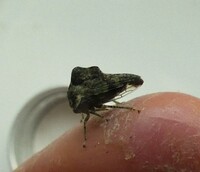 | Photo by: Maurice Cullen, Todd Pusser, F. Williams, S. Williams
Gates Co.
Comment: MEMI | 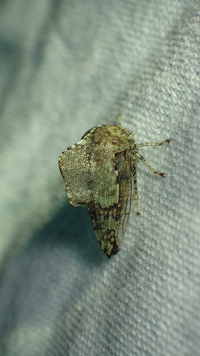 | Photo by: Erich Hofmann, David George, Rich Teper, Jeff Niznik
New Hanover Co.
Comment: |
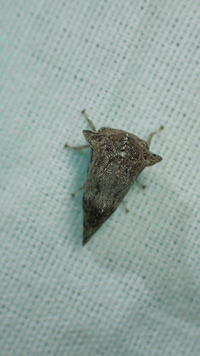 | Photo by: Erich Hofmann, David George, Rich Teper, Jeff Niznik
New Hanover Co.
Comment: | 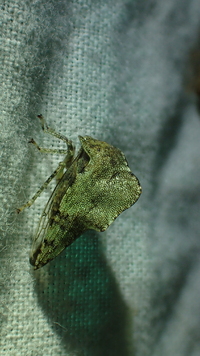 | Photo by: Erich Hofmann, David George, Rich Teper, Jeff Niznik
New Hanover Co.
Comment: |
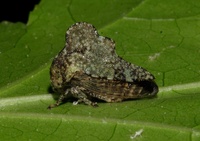 | Photo by: Scott Bolick
Guilford Co.
Comment: | 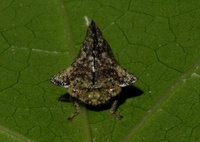 | Photo by: Scott Bolick
Guilford Co.
Comment: |
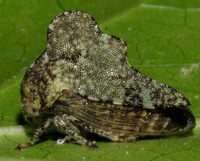 | Photo by: Scott Bolick
Guilford Co.
Comment: | 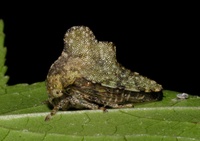 | Photo by: Scott Bolick
Guilford Co.
Comment: |
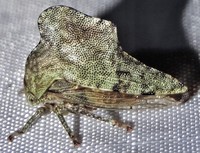 | Photo by: Rob Van Epps
Mecklenburg Co.
Comment: Attracted to UV light. | 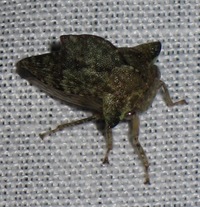 | Photo by: B. Bockhahn
Wake Co.
Comment: FALA |
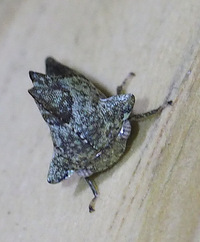 | Photo by: Randy L Emmitt
Orange Co.
Comment: near the mercury light. | 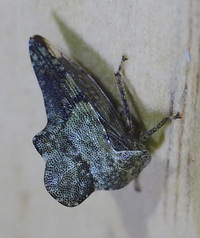 | Photo by: Randy L Emmitt
Orange Co.
Comment: near the mercury light. |
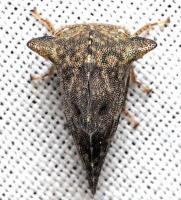 | Photo by: Ken Childs
Out Of State Co.
Comment: | 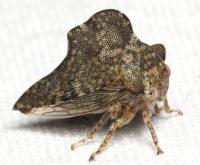 | Photo by: Ken Childs
Out Of State Co.
Comment: |
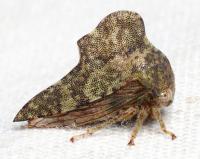 | Photo by: Ken Childs
Out Of State Co.
Comment: | 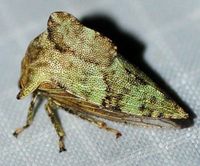 | Photo by: Kyle Kittelberger, Brian Bockhahn, Paul Scharf
Halifax Co.
Comment: grassy area and mixed hardwood forest edge; a sweetgum loving species |
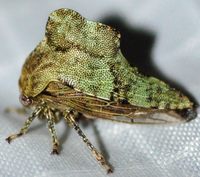 | Photo by: Kyle Kittelberger, Brian Bockhahn, Paul Scharf
Halifax Co.
Comment: grassy area and mixed hardwood forest edge; a sweetgum loving species |

 »
»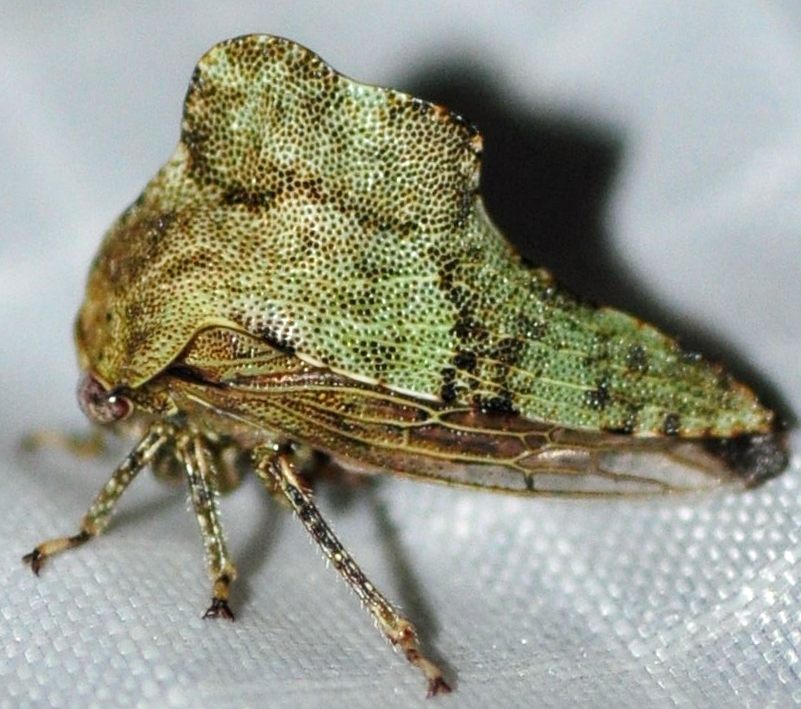
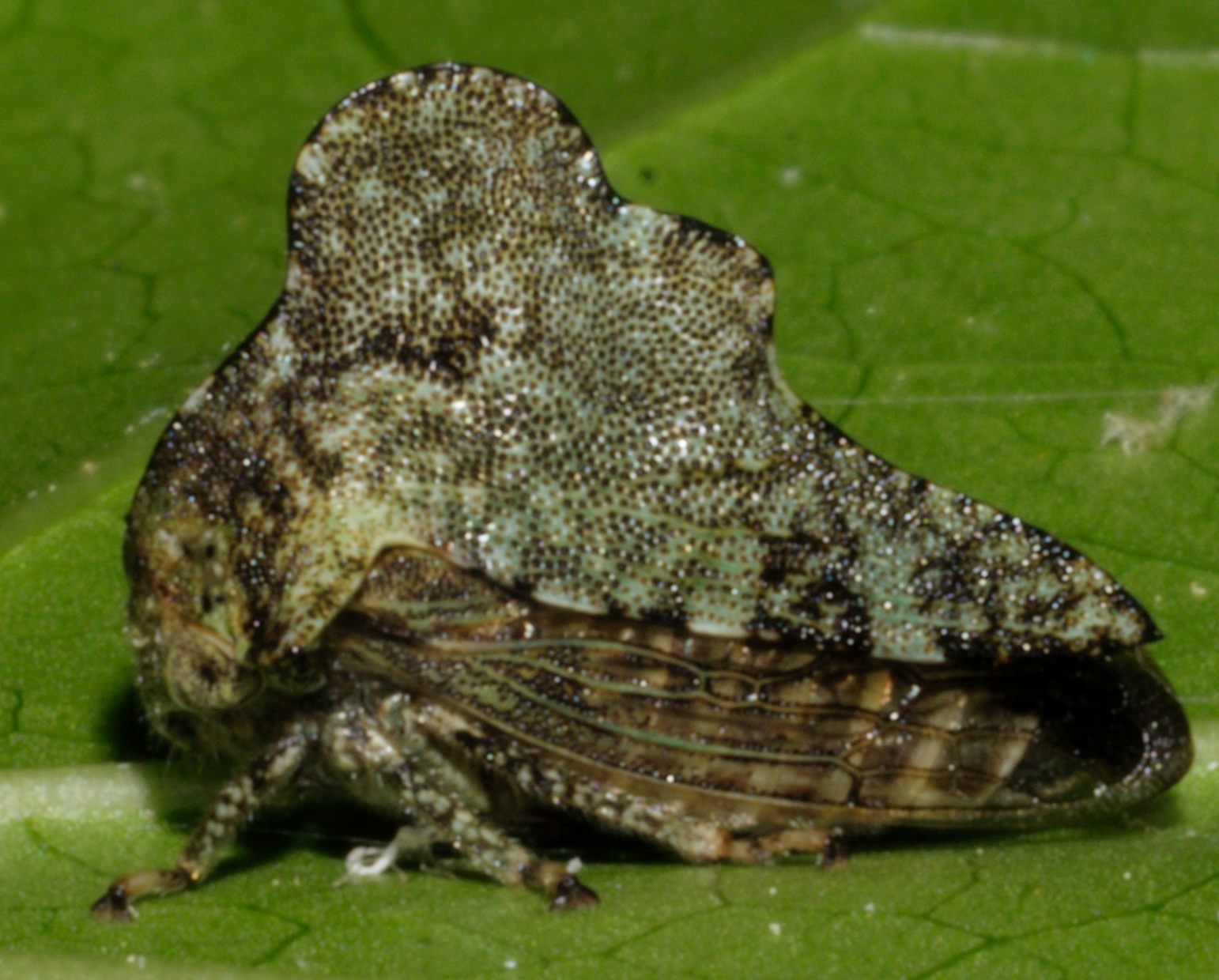

 »
»
